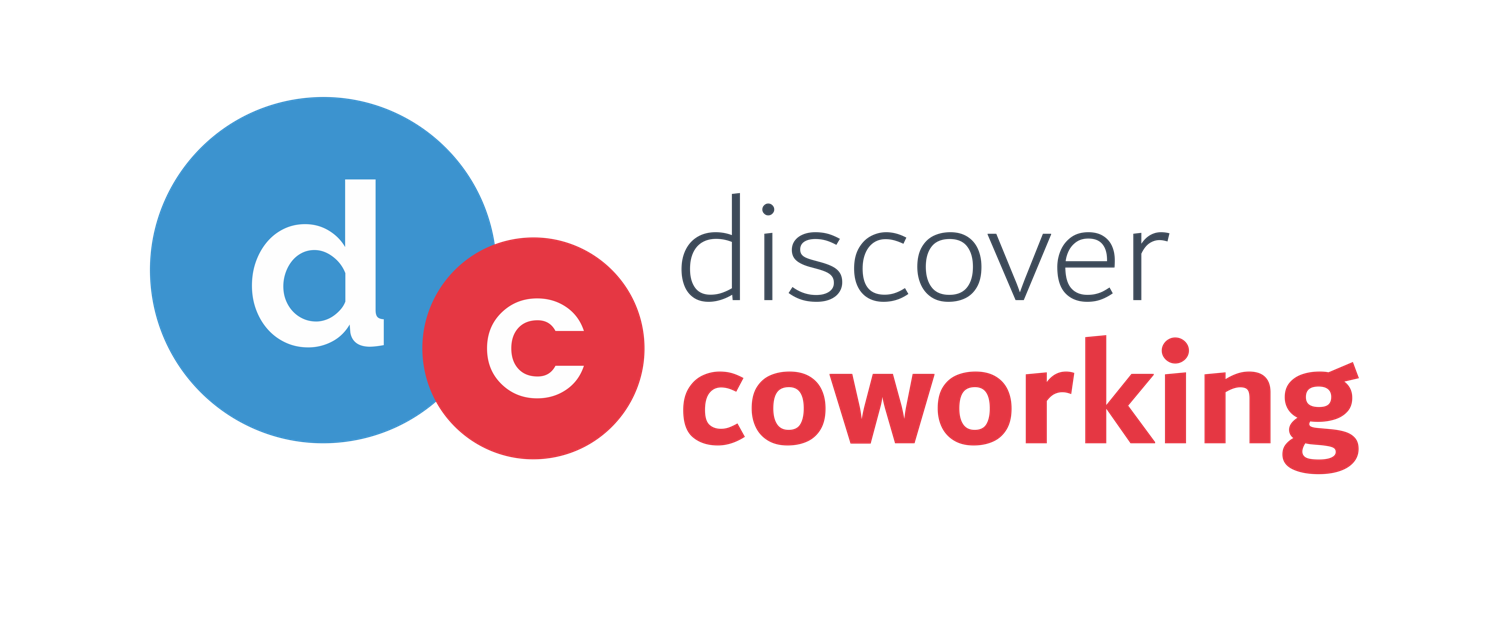Adam Teterus and Sam Abrams reflect on the People at Work Summit, an experiment in hosting a conference on the internet.
Accessibility
It is important that attendees are comfortable enough with one another to upgrade the level of dialogue. We learn the most from people who are different from us. To maximize the learning, you want your event to be as accessible as possible.
Additionally, not everyone knows what coworking is. Indy Hall did not want to make the conference so coworking centric. That way, no one would be too intimidated to join in.
There is also an appeal for a virtual conference. The appeal is that you do not have to travel or pay for accommodations. A virtual conference keeps things very simple and costs minimal.
Speakers
When organizing an event try to find people with different perspectives. One of the biggest successes they had was what members were invited to speak as well as operators, founders, etc.
The presentations by members got a good response because they are going from a different angle. It was not just from the view of someone running a coworking space. Members do not worry about the coworking language. They just communicate what they know works and what does not. Members provide an outside perspective on running a coworking space. They know what it looks like to spend time in a space.
Communicate with your speakers so they know what they can bring to a conference. Vanessa did not find it difficult to explain to the speakers what the conference was about. What was difficult was explaining exactly what they were looking for within the topics.
Breakout Sessions
Conversations on the more micro level are still important. Set time aside to breakout and have the same kinds of conversations you would have at a physical conference. The People at Work Summit used Slack to facilitate these virtual conversations.
After every presentation, people were funneled into a different slack channel where they could spend time with the speaker. Slack allowed them to ask questions or have the speaker talk longer. Attendees were part of the conversation just by being there. They did not have to actively drive the conversation into a certain direction.

